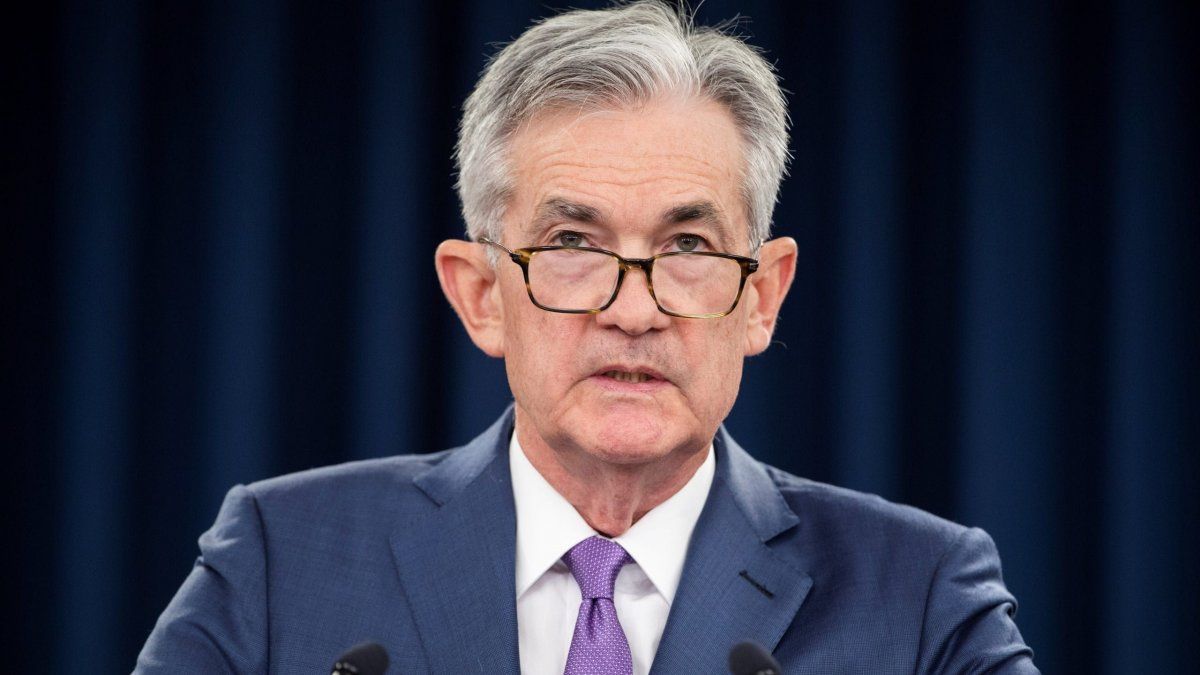The market now expects the Federal Reserve to be more aggressive and possibly delay your plans to cut interest rates. At this point, it is difficult to imagine three rate cuts within the year, which was the prevailing expectation until very recently. A decision in this regard is now expected to arrive towards the end of the year.
In this context, the team Global Unconstrained Fixed Incomeby Schoeder, assessed the current macroeconomic environment and where it might be headed by analyzing the likelihood of various possible states of the world occurring.
“Our base case anticipates a soft landing. However, we recognize increased risks of a ‘no landing’ scenario due to a series of surprises in US inflation and a possible rebound in the global manufacturing cycle,” the document warns. . This, he explains, could boost commodity prices. This situation could force central banks to keep interest rates higher for an extended period to combat persistent inflation.
The probability of an “n” occurringor landing” rises as robust growth increases inflation risks.
Inflation surprises in the US
Schoeder considers that the latest news about robust inflation in the US is somewhere between both positions. A series of upward shocks does not rule out rate cuts later this yearbut it will certainly create a reason for the Federal Reserve (Fed) to pause for thought, since a cut in June It now seems a relatively unlikely probability.
As for the Fed Chairman’s preferred measure, Jerome PowellFor inflation (that is, basic services, excluding housing), the trend in the last two months has been a bit worrying, the report maintains.
Well, after rising 0.7% month on month in the last publication, this “super central” measure of inflation is now above 8% on a three-month annualized basis. Looking at a wide range of measures, the reality is that inflation is running too high for the Fed to feel comfortable loosening monetary policy conditions in the near term.
Federal Reserve.webp
But it’s not all bad news on the inflation front in the United States. “As fixed income investors, we believe that there are more reasons for optimism when analyzing the labor market,” the global broker slides.
In several respects, he maintains that the labor market appears to be rebalancing, with wage growth trending downward, Vacancies are gradually declining and, more importantly, the rate at which workers leave their jobs continues to decline. The quit rate is a leading indicator of wage growth, and a declining rate limits how quickly wages rise as companies are less pressured to keep and attract workers.
The global cycle improves, pointing to a soft landing, but…
Schoeder considers that there is a continuous improvement in global manufacturing during the month. The news out of China has been especially positive lately, something that will likely benefit eurozone growth disproportionately in the coming months. While all of this is encouraging for a “soft landing” outcome, “we remain alert to the possibility of rising commodity prices fueling inflationary pressures in the future, as this would further challenge the thesis of rate cuts this year,” he warns.
Investment prospects
Although valuations have become more attractive (cheaper), the macro narrative justifies an upward move in yields and a more cautious Fed. Taking this into account, “We remain neutral on duration (or interest rate risk), but maintain a positive curve steepening bias (positioned so that the short end of the yield curve outperforms the long end)“In terms of cross-markets, we lean towards the UK, where we see the ability of inflation to “catch up” with its counterparts, and towards the US versus countries such as Germany and Canada, the document adds.
Throughout the month, “we have become more positive about balanced inflation, used to capture the outperformance of real yields, which adjust for inflation, over nominal yields“, slips. Schoeder considers that the upward risk for raw material prices, and a certain degree of relaxation on the part of central banks, they provide tailwinds for higher balanced inflation rates.
In credit, the broker moderates its constructive outlook for European investment grade (IG), based on (expensive) valuations and limited scope for further outperformance. “We maintain a preference for shorter maturities, where we continue to see value. With US IG bond spreads approaching their tightest levels in history, leaving less potential reward for the risk of investing in corporate bonds compared to safer government bonds, we maintain a negative view overall,” he concludes.
Source: Ambito
I am a 24-year-old writer and journalist who has been working in the news industry for the past two years. I write primarily about market news, so if you’re looking for insights into what’s going on in the stock market or economic indicators, you’ve come to the right place. I also dabble in writing articles on lifestyle trends and pop culture news.




